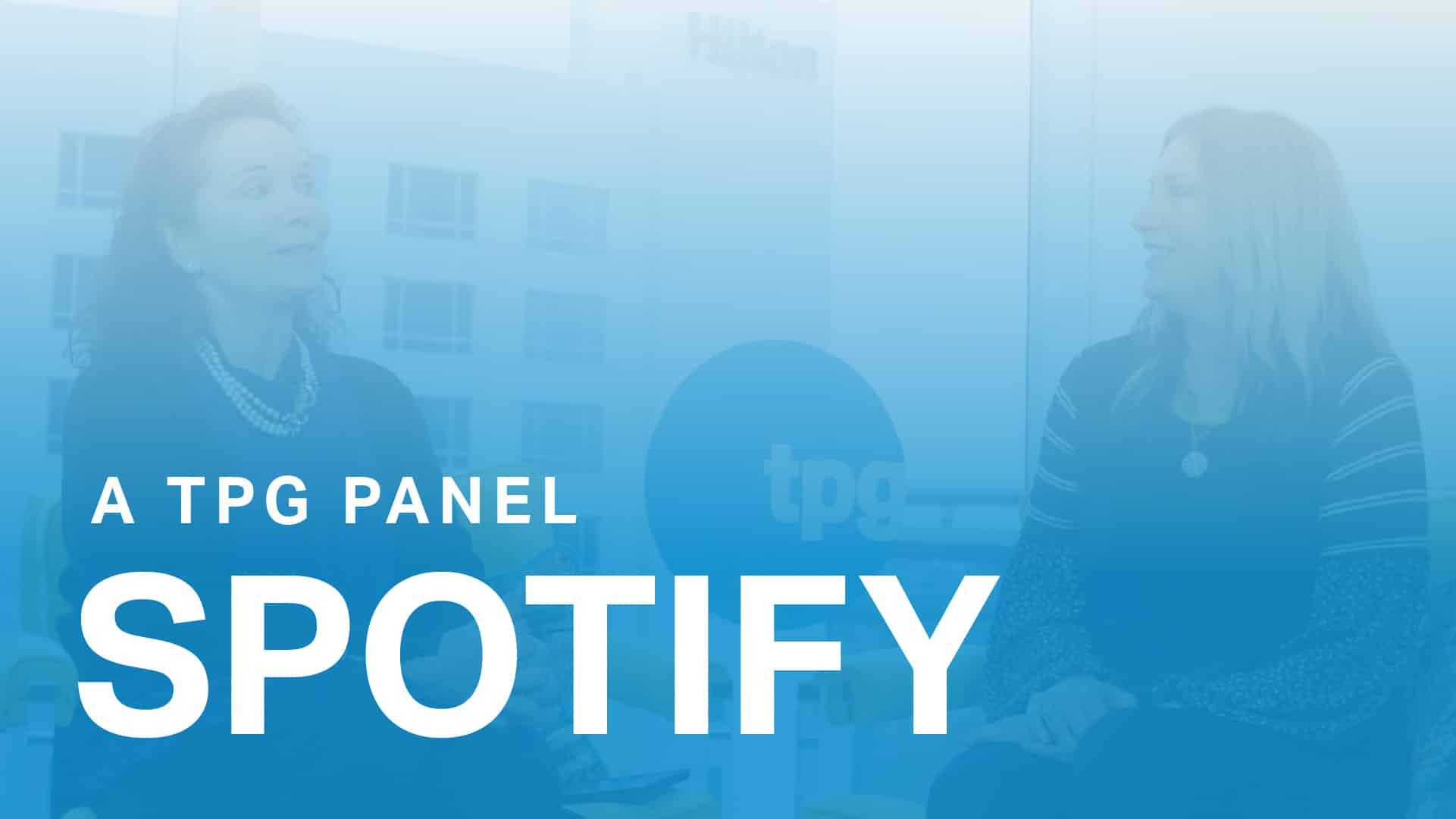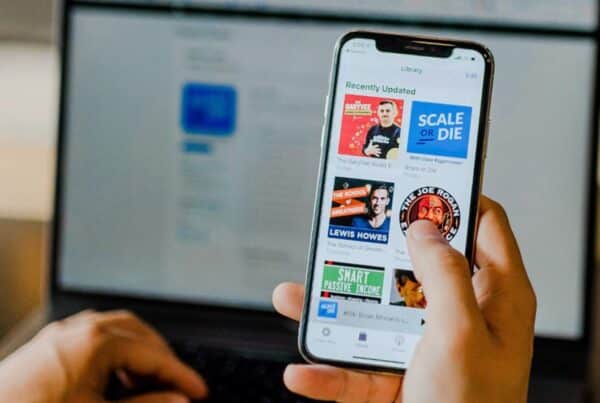In an era dominated by digital media, it’s hard to imagine a time when radio reigned supreme as the primary source of entertainment and information. However, radio has evolved significantly over the years, adapting to changing technologies and consumer demands. Today, it has emerged as one of the strongest streaming platforms available, combining the familiarity of traditional radio with the convenience and versatility of online streaming and podcasts.
Radio can really claim the title of being the OG that revolutionized the way people consumed news, music, and entertainment. With the advent of Apple’s new technology in the early 2000’s, radio started to wane in popularity and began its reinvention to digital streaming. Pandora and Spotify raced to be the acceptable default brand on laptops and smart phones, in cars, and at home. Through it all, radio has persevered, and the big conglomerates like IHeart, Cumulus, and Audacy have successfully turned personal relationships with local celebrity DJs into some of the most popular national podcasts today.
Podcasts introduced a new level of convenience and personalization, giving listeners the freedom to choose what, when, and where they wanted to listen. With the proliferation of smartphones, accessing podcasts became even more seamless – but with the pandemic and the need to feel connected, podcasts went viral.
To keep up with the changing landscape, traditional radio broadcasters adapted to the digital age by launching their own streaming services. What once was a very local, very personal medium, many radio stations have listeners now from across the country through their live streaming and programming through websites, dedicated mobile apps, and social media platforms. These streaming services not only enable listeners to tune in to their favorite radio stations and enjoy their preferred shows, interviews, and music on-demand, but also provide new ways for advertisers to connect to audiences that have been harder to reach through the traditional “drive times” and “countdowns” of the top hits.
By integrating curated playlists, personalized recommendations, and interactive features, radio streaming platforms have become formidable competitors in creating a unique and compelling experience for listeners. What’s even better for advertisers is the reignition of targeted demographic solutions that provide measurable results. Interactive features like call-ins, contests, and live chat have helped to forge a stronger connection between broadcasters and their audiences.
Take a listen to our podcast interview, featuring Cortney Matern with Katz Radio and Spotify to learn more on how The Point Group can help you leverage the opportunity for your brand.




